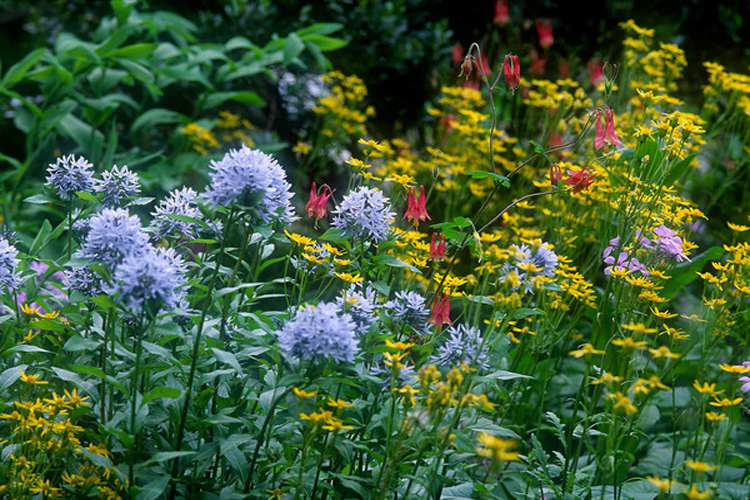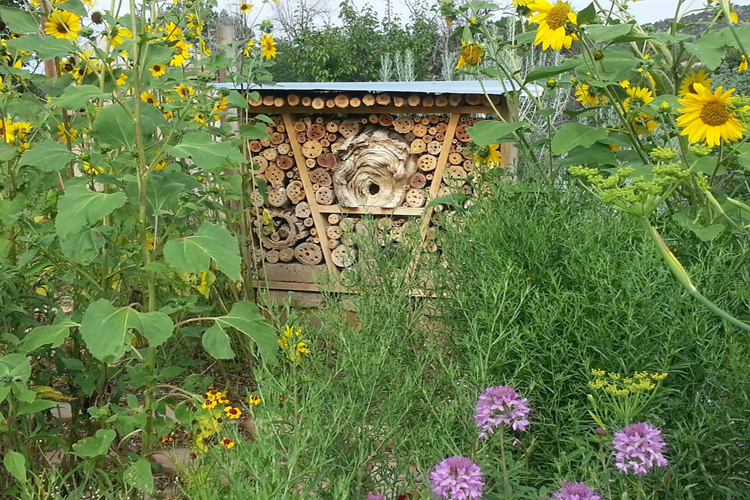Pollinator Friendly Practices
Pollinator Friendly Practices
Use native plants since they are adapted to the local climate and soils, and local pollinators are adapted to them.
Plant a variety of flowers to bloom continually from early spring to early fall.
Provide bare ground or a shallow bird bath filled with soil, sprinkled with sea salt and kept moist, to create a source of water and minerals for pollinators.
Include plants for caterpillars. They are surprisingly fussy eaters and require particular "host" plants. Caterpillars eat the foliage of their host plants, but the average gardener won't notice the damage until at least 10% of the leaves are affected.
Provide a variety of flower shapes and colors since different pollinators are attracted to different types of flowers.
Avoid modern hybrids, especially those with "doubled" flowers, since pollen, nectar, and scent can be lost in the cultivation process.
Build a bee condo or leave dead trees or limbs to create nesting habitat for bees.
Help pollinators find the plants they need by planting them in clumps rather than singly. Clustering plants also shortens the distances that pollinators need to travel.
Avoid using pesticides if at all possible. If you want butterflies, you need caterpillars (and the nibbled leaves that go with them)!


